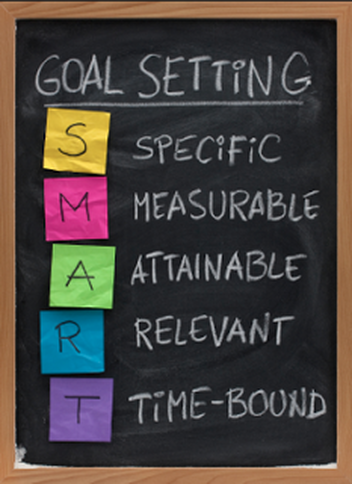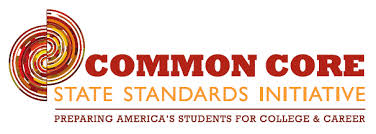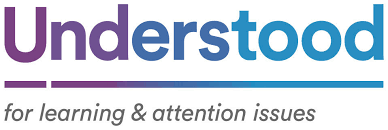GOALS AND OBJECTIVES
Educational research will help you identify essential skills in the core academic subjects of reading, writing, and math. When you know the sequence of skills for a subject, you will know how skills build on each other. You can identify gaps in skills – skills that he/she hasn’t mastered and needs to learn. Think about how children learn math. A child learns how to add and subtract. Then he is ready to learn how to multiply/divide.
Before you can develop measurable IEP goals, the child’s skills must be measured objectively. Objective data about a child’s skills are the baselines for goals. This data also should show progress, or lack of it, when measured over time. We tend to use the terms “goal” and “objective” to mean the same thing. In IEPs, there is a distinction between them. We write annual goals. Objectives are the short-term steps to reach goals.
Specific SMART IEPs have specific goals and objectives. Specific goals and objectives describe each behavior and skill that will be taught, and define each skill or behavior in ways that are observable and measurable. Measurable SMART IEPs have measurable goals and objectives. Measurable goals and objectives allow you to assess the child’s progress. When you use measurable goals and objectives, you know when a goal is reached and when a skill is mastered.
Action Words SMART IEPs use action words like: “The child will be able to . . . “ Realistic and Relevant SMART IEPs have realistic, relevant goals and objectives. SMART goals and objectives address the child’s unique needs that result from the child’s disability. SMART IEP goals are not based on district curricula, state or district tests, or other external standards. Time-limited SMART IEP goals and objectives are time-limited. Time-limited goals and objectives enable you to monitor progress at regular intervals.
|
|
|
|




